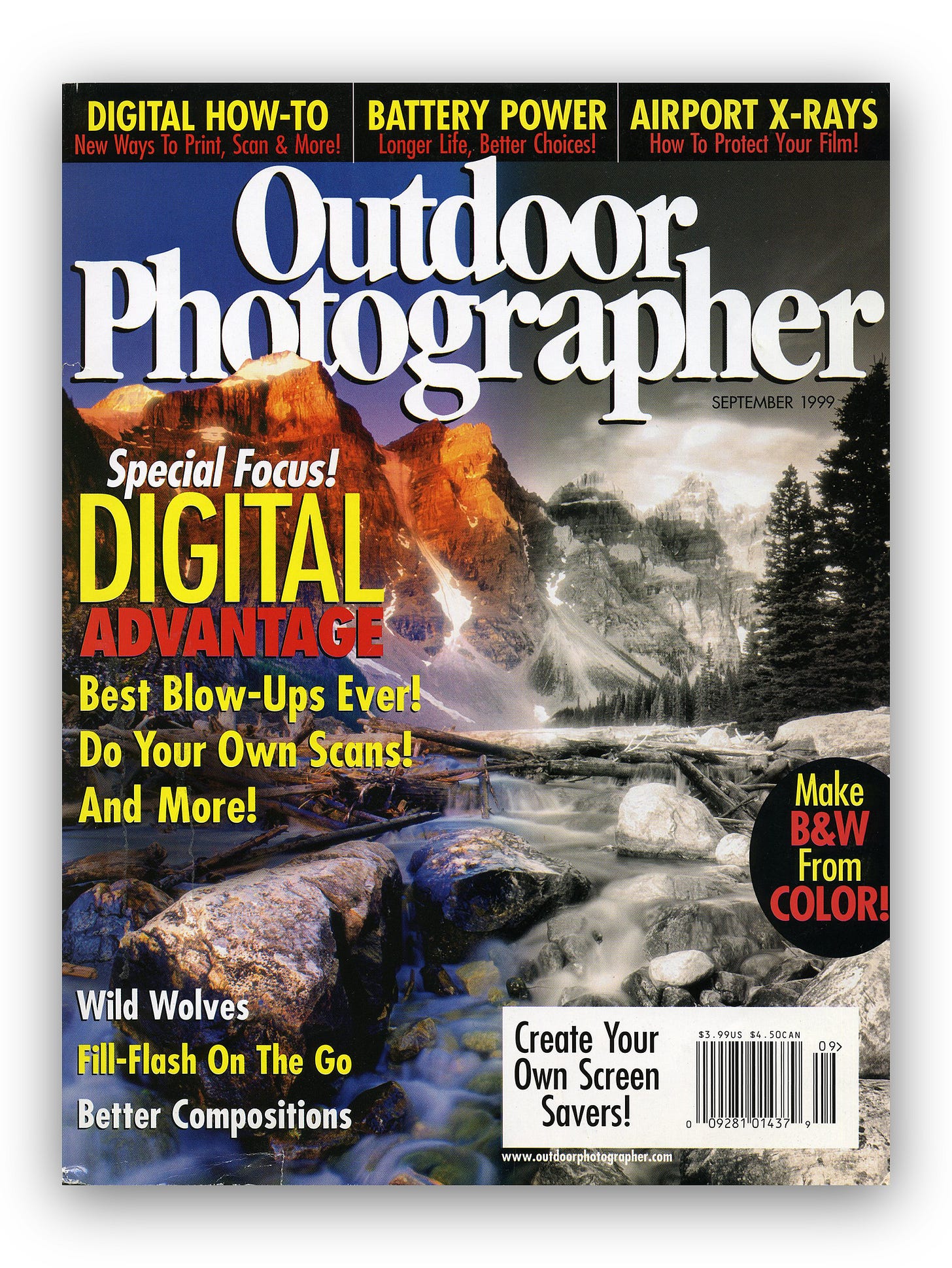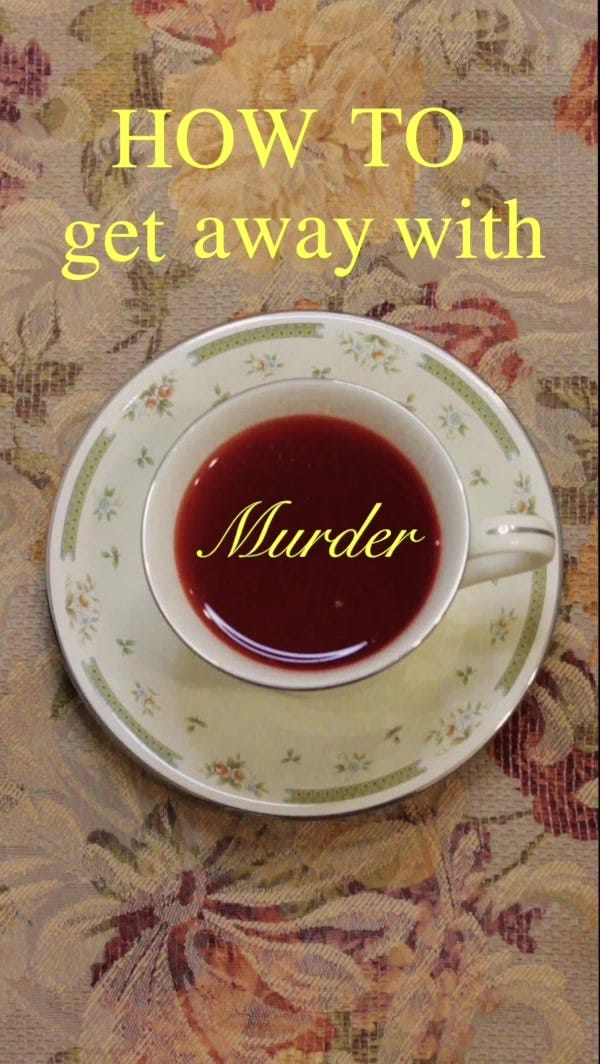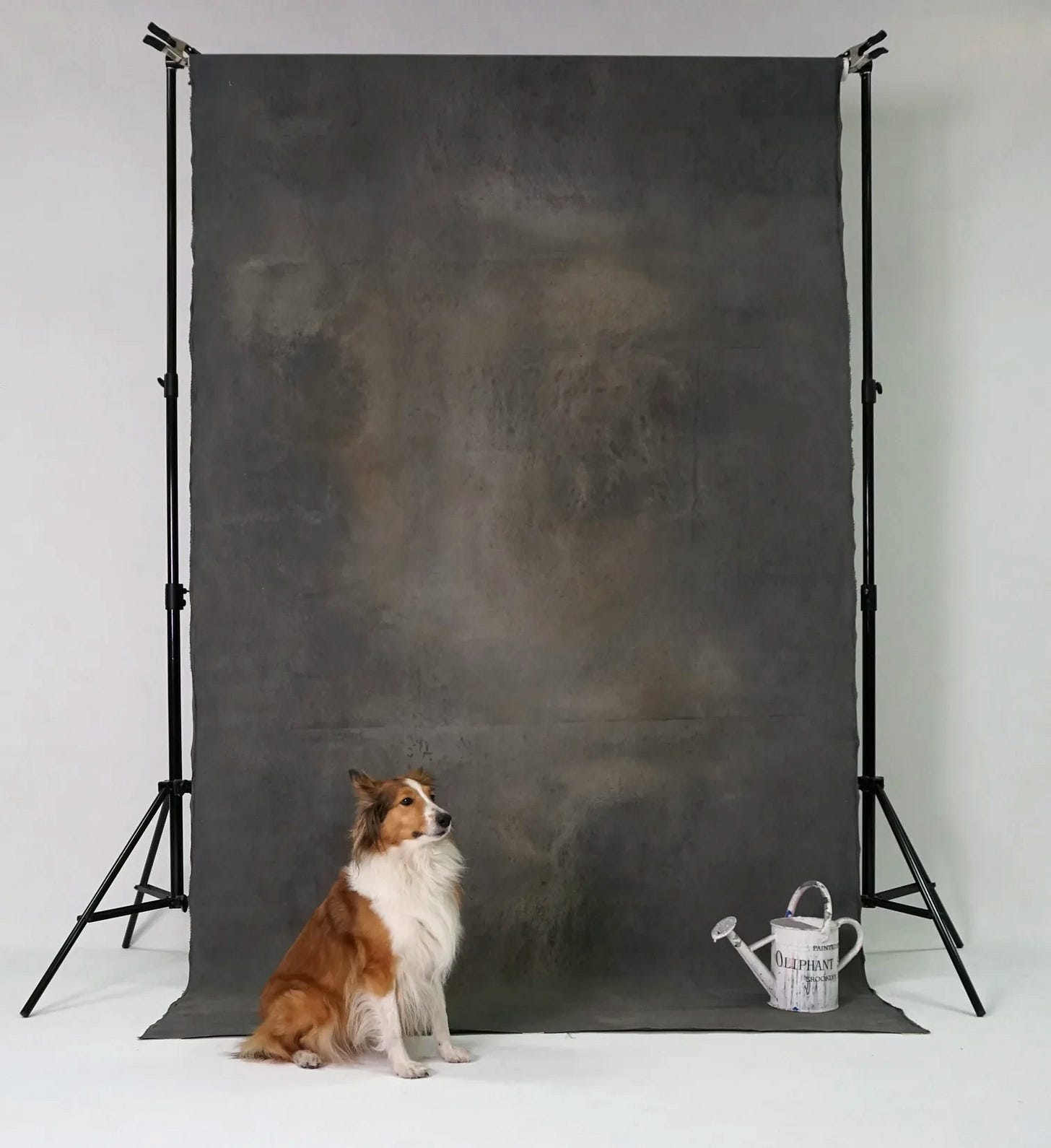The Death of the Photo Mag
Photo magazines are dead. Long live… Sponsored content marketing with a thin veneer of editorial legitimacy!
Forgive the sarcasm. I’m not actually as salty as I sound. I was pretty bitter about a month ago, though. Now I’ve come to terms with the death of my beloved photography magazines. I’m no longer irritated so much as confused. I just wonder where I’m supposed to find the sort of inspiration and information I used to get from photo magazines.
It’s not the magazine editor in me that’s upset so much as the photographer. The middle aged kid who used to plunk down $3.50 for a month’s worth of curated words and pictures. Before I worked for photo magazines I bought them, I devoured them, I cut out pages and taped them to my bedroom wall, I saved them, I still have them. I love photo magazines, and they have all but disappeared.
A bit of context.
In the spring of 1999 I left my first big boy job as a copy editor at Petersen Publishing to go to work for Werner Publishing, venerable publisher of Outdoor Photographer magazine. OP was certainly a high-quality publication, authored by a staff of dedicated professionals who genuinely cared about every little detail of the product, from the editorial tone to the quality of the photos, the engaging design to the density of the ink on the premium paper upon which it was printed. These people were serious about making a great magazine.
So were most of the people I encountered elsewhere in magazine publishing. At least that was the takeaway from my limited experience on the in-house editorial staffs of a dozen different “books,” as I learned we called magazine titles back then. The guy who ran Dirt Rider was every bit as serious about the copy and photographs and layout of his book as Anna Wintour is at Vogue. But he was nicer, I think. The kind of guy who would let a 23-year-old photo student and copy editor tag along on a photo shoot in the desert where I would learn, along with how important it is to put sliced banana peppers in tuna sandwiches, the necessity of capping lenses in your shoulder bag if a supercross motorcycle is going to literally rain dirt onto you for the better part of an afternoon. And I learned how to pan my camera while balancing a fill flash with the perfect ambient underexposure to make a 35mm color transparency practically glow. I learned all this stuff in one day working for one magazine, and subsequently spent the next 25 years sharing that knowledge along with the stuff I picked up as a photo student, a photo teacher, a newbie working pro, a busy commercial photographer and all the other identities I’ve owned during that time. And also telling everybody about the Honda mechanic who clued me in to the importance of banana peppers in tuna salad. It was a big day.
Here’s the thing: nobody is surprised by the decline, and now disappearance, of print periodicals. (More fail each week.) Least of all their editors. But I still can’t believe it’s really gone. For me it finally rolled over completely a month ago when a series of totally unrelated events unfolded in a matter of days.
First, DPReview announced it would be closing. After 20-some years and with a massive audience of fans and readers, this king of the photo-mag-style website would be closing its doors.
Then a company called The BeBop Channel Corporation purchased Madavor Media, the publisher of Outdoor Photographer, Digital Photo and Digital Photo Pro (magazines for which I have been a writer and contributing editor for two decades) along with dozens of other enthusiast titles such as Plane and Pilot, JazzTimes and more. Layoffs were announced almost immediately, followed shortly by magazine closures and sales.
I thought, perhaps, that as a fairly small and efficient publication, Digital Photo (the now-web-only magazine I helmed for the last several months) might survive. Alas it was not to be. And so here I am, a photography writer and magazine editor without a place to write about photography—much less a magazine to read for pleasure in my free time.
Which brings me to Substack, the entity that powers this newsletter.
Substack has essentially become the new platform for writers vastly more influential and successful than me to bypass the publishing house directly and write for their own personal audience, no middleman required. Sounds perfect. I’m frankly pretty late to the game.
My initial thought, as you might expect, was that I should make a photo magazine! After all, I love them, and there aren’t any any more. Yes, I know if you visit a newsstand you’ll find a few magazines about photography, but the industry has all but dried up. (With the exception of Outdoor Photographer, which hopefully will continue to buck the trend.) Gone are the magazines that every photographer of a certain age grew up with: American Photo, Petersen’s Photographic, Photo District News, Shutterbug, Popular Photography…
But after mentally running through all of the ways my new photo magazine could bring back all the things I loved about photo magazines, I realized that there’s a reason photo magazines aren’t with us any more. This isn’t how people want to interface with this topic any more, sad though it may be. Even if my archaic brain still loves them, it hasn’t been buying magazines for several years. I haven’t put my money where my mouth is, and neither have you, dear reader. Nothing personal. What we want has, clearly, changed.
A longtime ad salesperson told me in all but the most explicit terms that they could care less about the quality of the content, it’s all about eyeballs. And so if more people click on an article about esoteric technical details, then that garners the eyeballs and the effort and the ad dollars and soon that is the only thing that exists. But now even that kind of online publishing doesn’t make enough dollars and sense to keep going. Not only are photo magazines dead, the thing that replaced them online is now also dead.
Outdoor Photographer is the only photography magazine remaining. And I don’t think I want to make the other one.

But I do want to keep talking with photographers and writing about photography. So I’m on Substack. And it’s kind of freeing. Actually, it’s incredibly freeing.
First is the lack of advertisers and money. As I write this I have made zero dollars from this endeavor, and I bet in six months I won’t have made enough to buy dinner. I simply can’t do this for the cash, because there isn’t likely to be any. So I’m doing it for purer purposes: to write about photography and engage with photographers. Just like the old glory days of photo magazines.
Another benefit is that I don’t have to worry so much about maintaining an expert editorial tone. I can be free to be what I actually am: a guy who loves photography and knows a lot about it but also has an immense amount to learn from other photographers. Free of advertisers and bosses, I can lay bare a bit more of that insecurity and lack of understanding, and hopefully that makes for a more interesting read.
So here we are.
This is entry number one in what I am currently considering a monthly endeavor. Not because I have nothing to say, but because I want to make sure I’m not just churning out content in an effort to sell eyeballs. (And also as a subtle nod to the monthly magazine approach.) So I’m starting small and hoping to create the things you’ll like to read. It won’t be a photo magazine, it’ll just be one guy’s newsletter about photography. But I am absolutely going to take the best of the things I loved about photo magazines and incorporate that here. I hope to keep interviewing world-class photographers and find out what makes them tick. That’s the kind of thing that has always interested me as a reader, so I guess if I want to keep reading it I’ll have to keep writing it. If I’m right, it’s the kind of thing that is interesting to an audience of passionate photographers, amateurs and professionals alike.
And don’t worry, they won’t all be this heavy. You’ve muddled through many years’ worth of publishing anxiety poured out on this page today. If all goes according to plan, you’ll be reading about the kind of things I want to read about. Not me the magazine editor, but me the kid who once upon a time fell in love with photography again every month when each new issue of my favorite photo magazines arrived.
Photo magazines are dead. Long live writing about photography just for the love of it.
AND NOW A WORD FROM OUR SPONSOR
It’s 1992 and you want to buy a new camera. What do you want? Probably a Nikon. Definitely the titan that was the F4s. To this day it’s one of my favorite cameras ever. It was the 1968 Camaro of 35mm SLRs. It was all horsepower, and it felt like it could double as a sledgehammer if I needed it to. This solid chunk of copper silumin aluminum was the epitome of cool, at least as far as high school me was concerned.
I hadn’t yet learned to appreciate the lenses. But that’s what this Nikon ad hoped would happen. I wouldn’t just lust after the camera, I’d invest in the system and buy all this great glass.
Back then I was the kind of guy who wouldn’t have bought that glass even if I could have afforded it. I’ve subsequently done a 180, though, and now I care less about the camera (within reason) and more about the lenses. It was a real epiphany when I could finally discern the differences in quality between good glass and bad. And I’m somewhat embarrassed to say it was at least a few years into my professional photography career.
Still. I love these old ads. This one was pulled from the 1992 issue of American Photo, shown up there at the top. Did I mention I still have this magazine? I saved it. Through three states, ten residences, four dogs and one pandemic, I still have this magazine. And I know where to quickly find it should I want to, say, show it to you, dear reader.
See what I mean when I say I loved photo magazines?
Brought To You By
This week’s inspirations include, fittingly, George Harrison’s masterpiece of a triple album, 1970’s All Things Must Pass.
“Now the darkness only stays the night time
In the morning it will fade away
Daylight is good at arriving at the right time
It's not always gonna be this grey”
I’m no Beatles expert, but I know what I like. And the older I get, the more I like the Beatles and the more I recognize that George was a genius songwriter in his own right. Frank Sinatra famously said his favorite Lennon-McCartney song was “Something,” which was in fact written by George.
I adored last year’s Get Back documentary.
If you have even a passing interest in music, or the Beatles, or London in 1969, or in creating anything at all, I can’t recommend it enough. It’s eight hours of documentary footage you’ll wish was eight days.
What I found most fascinating and enlightening was the way they, Paul in particular, simply got down to the business of songwriting. It was work, and he had a deadline, and he put his nose to the musical grindstone and plowed away until the song found its way out. There was no magic—beyond the magical powers of these musical geniuses at work. It was very profound for me as someone who wants to create things. I guess I had always assumed there was an element of importance to the proceedings—”Everybody be quiet! I’m working on Let It Be!”—but in fact it was quite the opposite. A song was a song, and they plugged away at making them without stopping to properly consider whether each one would be a future masterpiece, or a nice little ditty, or even just a bit of album filler. They trusted their process, knew that doing the work is the work, and it would be up to us as the listeners to determine what was good or bad or indifferent.
The lesson I took away from that, in fact, is being applied here. As I write these words for no reason other than to get them out in the world, actively fighting my better instincts to fuss and fuss and wait and delay and reshape until everything is just so. Nah, forget all that. Just create and see what comes out of it. It might be a masterpiece, or it might not. But at least you’ve made something.
Elsewhere
I’m consistently impressed with the inventive ways creative people turn social media into the best short films ever. Photographers and filmmakers and civilians alike are now appropriating the Wes Anderson aesthetic to make their TikToks more interesting. It’s not only a great study in the filmmaker’s signature style, it’s hilarious and fun.
New York backdrop painter par excellence Sarah Oliphant is having a sale. If you’ve been eyeing one of her exquisite hand-painted backdrops—beloved by the likes of me and Annie Leibovitz—they are 15% off for the next 72 hours or so.
And finally, this short interview with photographer Kristen Griffin and her beautiful equine photography is likely the final profile of my “official” magazine writing career. So I’m showcasing it here in my first solo publishing adventure. Death and rebirth and full circle and all that.
One More Thing
This post by Kate Lindsay of Embedded is not exactly what you want to read as you put the finishing touches on your first Substack, but it feels exactly right and at least makes me feel seen. “If we’re all self-employed journalists now, is anyone?”









At least you weren't replaced by AI. But it's early.
PD News gave me structure in the fertile days that developed SF's South of Market photo community in the 80s. In the new century, big money Real Estate developers planted the seeds of the Digital Gulch. The days of $0.75 sq/ft were over. The photo community moved further south of China Basin and Potrero Hill or, those who saw the writing on the wall, retired to the Central Coast or the Foothills. Film labs; the New Lab, Robyn Color, Hi Fi, collapsed. Soon Gassers, now Samy's Camera SF, closed their doors. Along with lucrative photo markets, PD News disappeared.
I'm getting there...
Enter Mirrorless cameras, spun as a move forward. Sure, they are the latest thing, but I don't buy that they are a substantial move forward. Cynically the net effect, from more than likely the biggest motivation, was to create a new market. What got my attention was the fact the major photographic manufacturers and 3rd party supporters' plans for DSLR lenses were set aside as obsolete. MILC lenses took front and center to serve the new MILC market. Further, in a fashion much like SLR Film cameras, the manufacture of DSLR cameras was clearly disappearing.
So, while I did not buy into the new platform, I did have to look to the future of our college photo program. Our DSLR-to-MILC transition plan is costing $30,000, while the basic bang-for-buck camera from the majors has gone from a $500 DSLR kit to a $900 MILC kit. Whatever I think about MILC, our DSLRs are destined to join our dusty pile of 35mm SLRs: they win.
I told you I'd get here...
And the glass that is the real backbone of our work? We are using adapters to allow the use of over a hundred Nikon and Canon lenses in our safes (55 1.2, 400 2.8, 24-70 & 17-55 2.8s). The new MILC lenses are limited in scope and pretty expensive. In our view, it is the MILC cameras that are being adapted to our lenses, not the other way around. Some of that is that we believe in those lenses, mostly though we already own them.
We have to follow the glass. Otherwise, I'd go full-tilt into Fuji in a heartbeat.